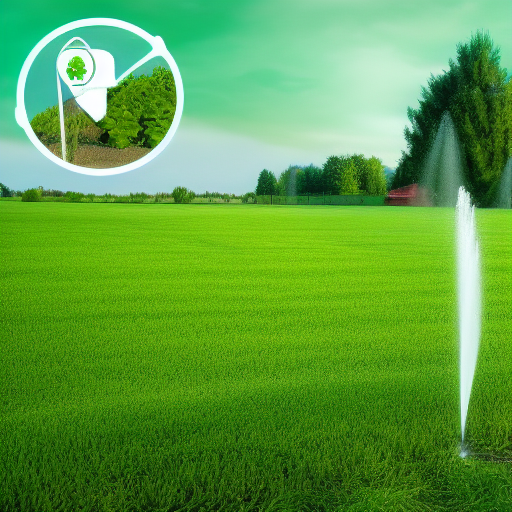ntroduction Soil sensors have become an essential tool for modern agriculture, environmental monitoring, and research. These devices are designed to measure various parameters such as moisture content, temperature, pH levels, and nutrient concentrations in the soil. Understanding the working environment of soil sensors is crucial for their accurate and reliable operation. In this article, we will explore the working environment of soil sensors, including the factors that can affect their performance and the measures that can be taken to optimize their functionality.

Soil Characteristics The working environment of soil sensors is primarily determined by the characteristics of the soil itself. Soil properties such as texture, structure, and composition can significantly influence the performance of soil sensors. For example, soil texture, which refers to the relative proportions of sand, silt, and clay particles in the soil, can affect the distribution and movement of water and nutrients in the soil. Sensors designed to measure soil moisture and nutrient levels must be able to accurately assess these properties to provide reliable data.
Moisture Levels Soil moisture is a critical parameter that directly impacts plant growth, nutrient availability, and soil stability. Soil sensors must be able to accurately measure moisture levels across a range of soil conditions, from sandy soils with low water retention to clay soils with high water-holding capacity. The working environment of soil sensors is thus influenced by the variability of moisture levels in different soil types and conditions. Additionally, factors such as rainfall, irrigation, and evapotranspiration can cause rapid changes in soil moisture, further challenging the performance of soil sensors.
Temperature Variations Soil temperature is another important factor that can affect the working environment of soil sensors. Temperature variations in the soil can impact biological processes, nutrient availability, and microbial activity. Soil sensors must be able to operate effectively across a wide range of temperatures, from freezing conditions in cold climates to high temperatures in arid regions. Furthermore, the installation depth of soil sensors can also influence the magnitude of temperature fluctuations they are exposed to, as soil temperature tends to be more stable at greater depths.
pH and Nutrient Levels The pH of the soil and the concentrations of essential nutrients such as nitrogen, phosphorus, and potassium are critical factors that influence plant growth and overall soil health. Soil sensors designed to measure pH and nutrient levels must be able to withstand the chemical and biological variability of the soil environment. Factors such as soil type, organic matter content, and the presence of contaminants can all impact the accuracy and reliability of sensor measurements.
Environmental Interference In addition to the natural variability of soil conditions, soil sensors may also be subject to environmental interference from external sources. For example, electrical noise from nearby power lines or electromagnetic interference from electronic devices can affect the performance of soil sensors that rely on electrical signals for measurements. Furthermore, physical disturbances such as animal activity, farming operations, and construction activities can potentially damage or displace soil sensors, leading to inaccurate readings.
Optimizing Sensor Performance To ensure the reliable operation of soil sensors in diverse working environments, several measures can be taken to optimize their performance. Calibration of sensors to account for specific soil characteristics, regular maintenance to prevent sensor drift or degradation, and proper installation techniques to minimize environmental interference are all essential practices for maximizing the accuracy and longevity of soil sensors. Additionally, advancements in sensor technology, such as the development of robust and resilient sensor materials, improved data processing algorithms, and wireless communication capabilities, continue to enhance the performance of soil sensors in challenging working environments.
Conclusion The working environment of soil sensors is complex and dynamic, influenced by a multitude of factors including soil characteristics, moisture levels, temperature variations, pH and nutrient levels, and environmental interference. Understanding and addressing these factors are crucial for ensuring the accurate and reliable operation of soil sensors in various agricultural, environmental, and research applications. As technology continues to advance, the development of innovative sensor designs and improved data analysis techniques will further enhance the capabilities of soil sensors to thrive in diverse working environments.
In conclusion, the working environment of soil sensors is a multifaceted domain that requires careful consideration of soil properties, environmental factors, and technological advancements to ensure optimal sensor performance. By addressing these challenges, soil sensors can continue to play a vital role in improving agricultural productivity, environmental sustainability, and scientific research.





